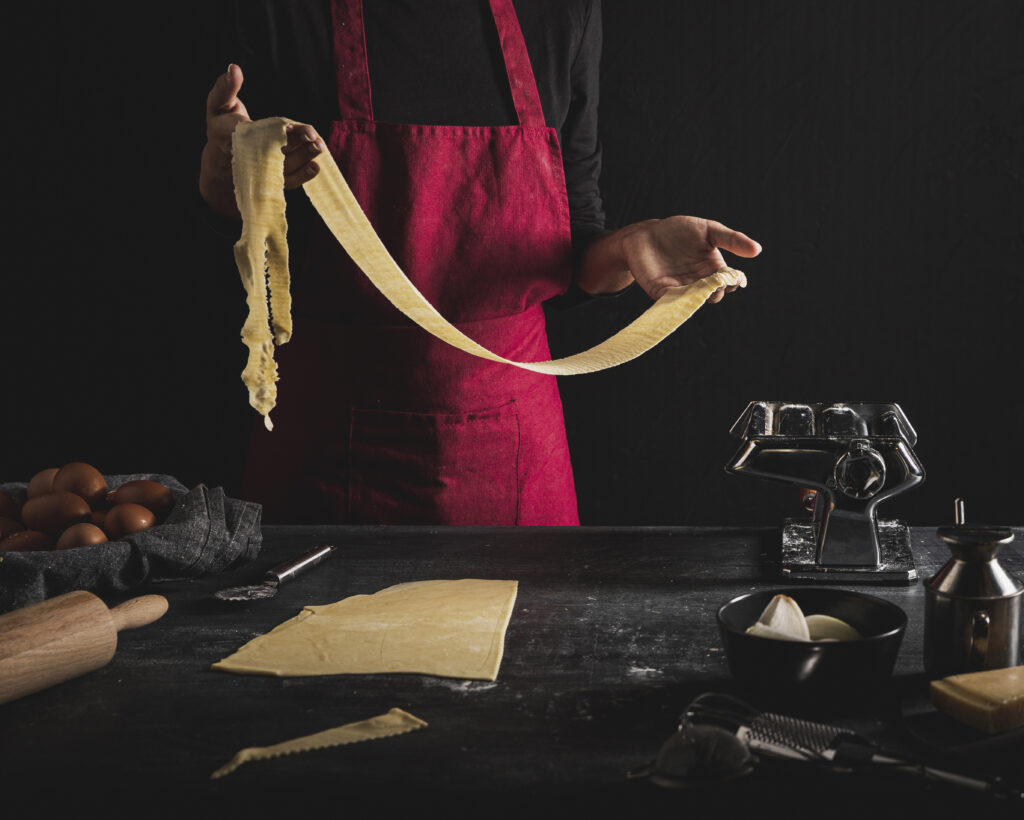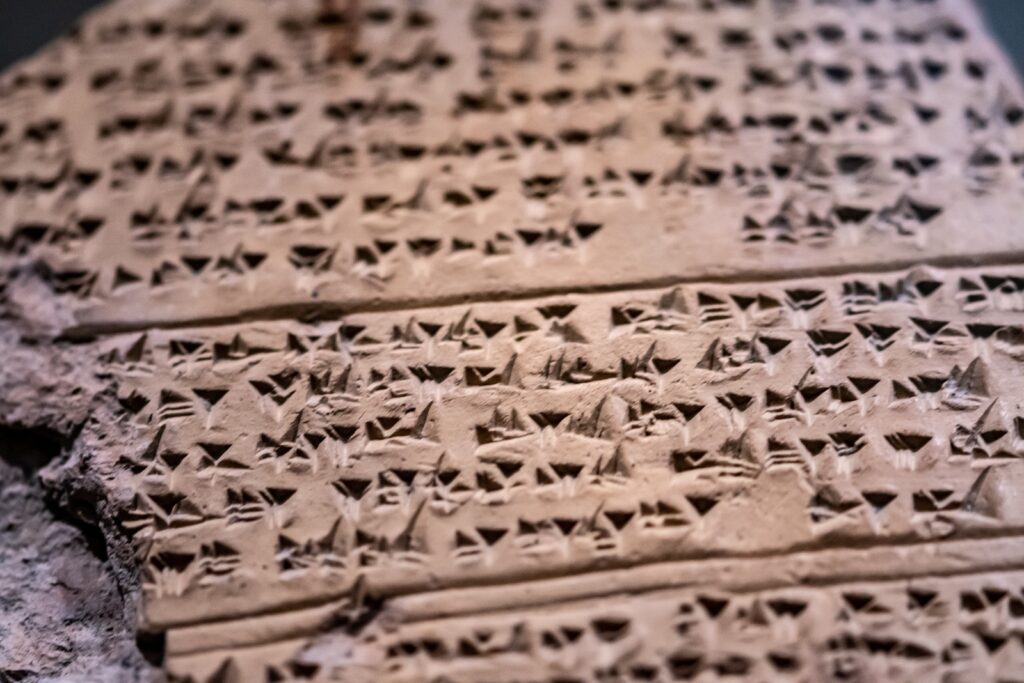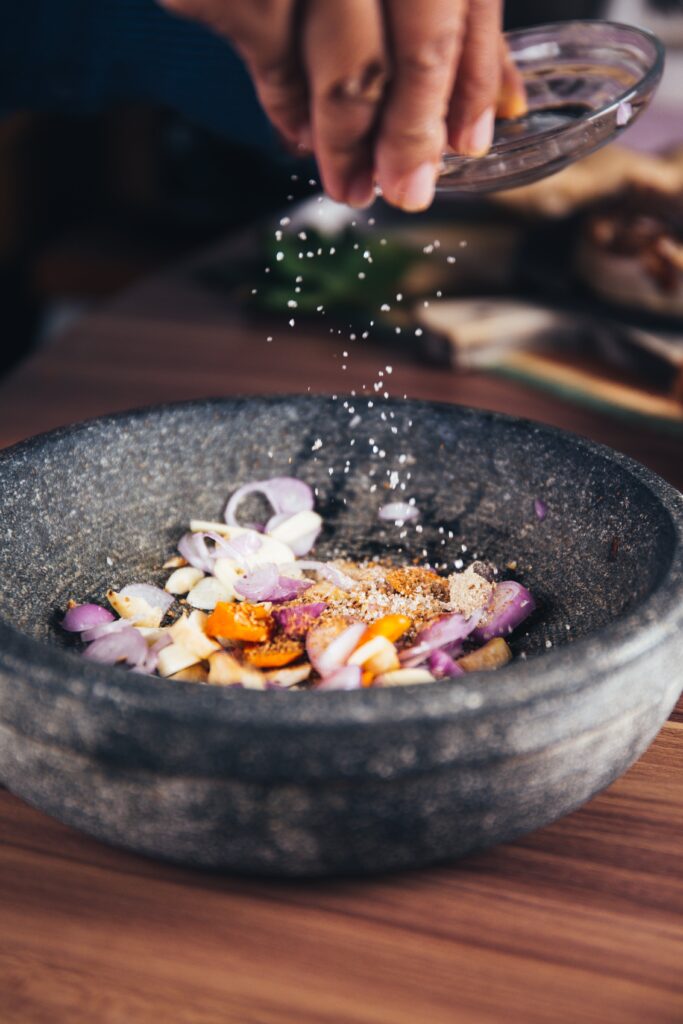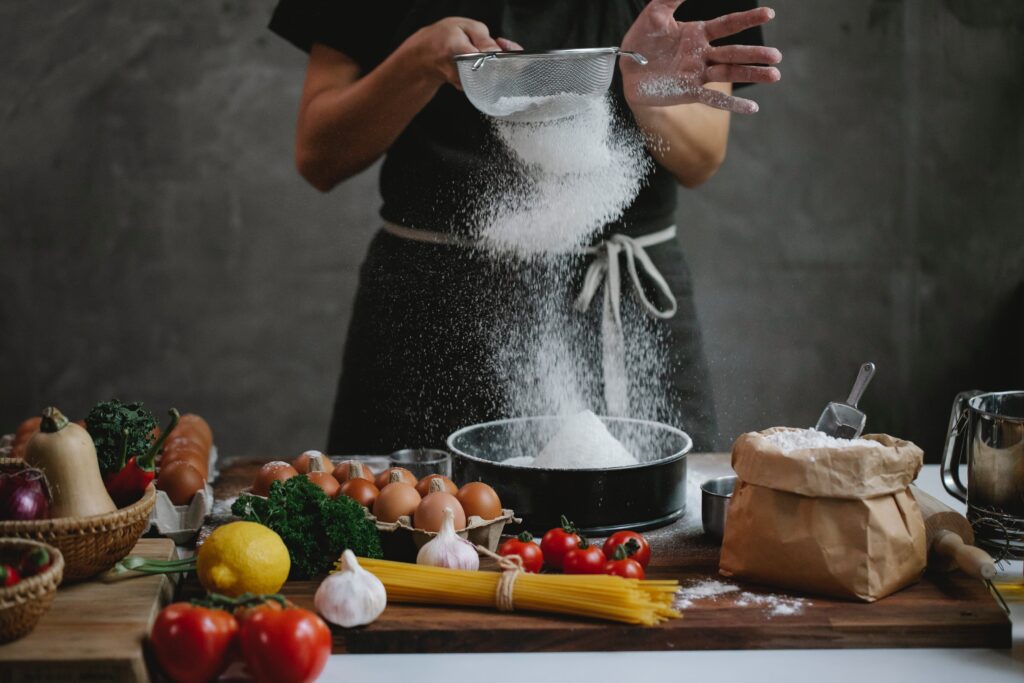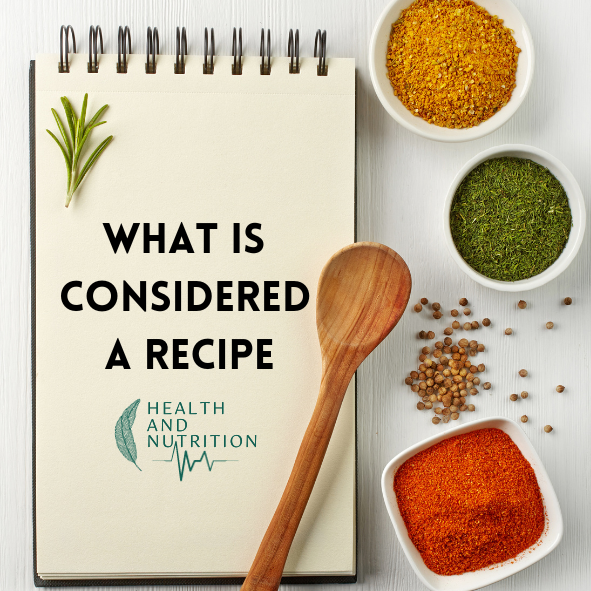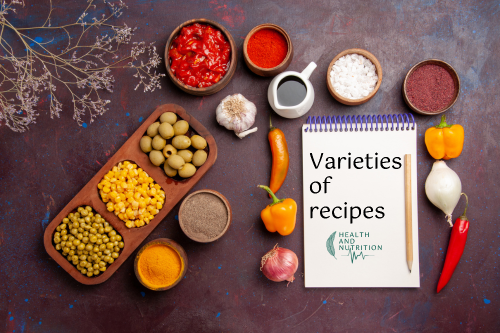What are the 7 common recipe categories?
Examine the culinary scene by looking through various categories. Unleash Your Inner Chef with a World of Culinary Delights, Immerse Yourself in the Vast Array of Culinary Creativity

Overview of What Are The 7 Common Recipe Categories?
What are the 7 common recipe categories?, to answer this question remember that the world of food is wide and varied, full of tastes, smells and textures that please the senses and uplift the spirit. Food has the ability to unite us, transport us and elicit a wide range of feelings from the hearty warmth of a home cooked dinner to the exotic attraction of international cuisine.
It can be intimidating to navigate this culinary landscape especially for those who are just beginning to explore food. But do not be alarmed, foodies and wannabe chefs alike!
Gaining knowledge of the 7 common recipe categories will help you plan your culinary adventures, increase the variety of foods you can prepare and even find new favorites.
Breakfast
Fill Up Your Day with Nutritious and Tasty Starts The Day’s First Meal Establishes the Tone for the Others
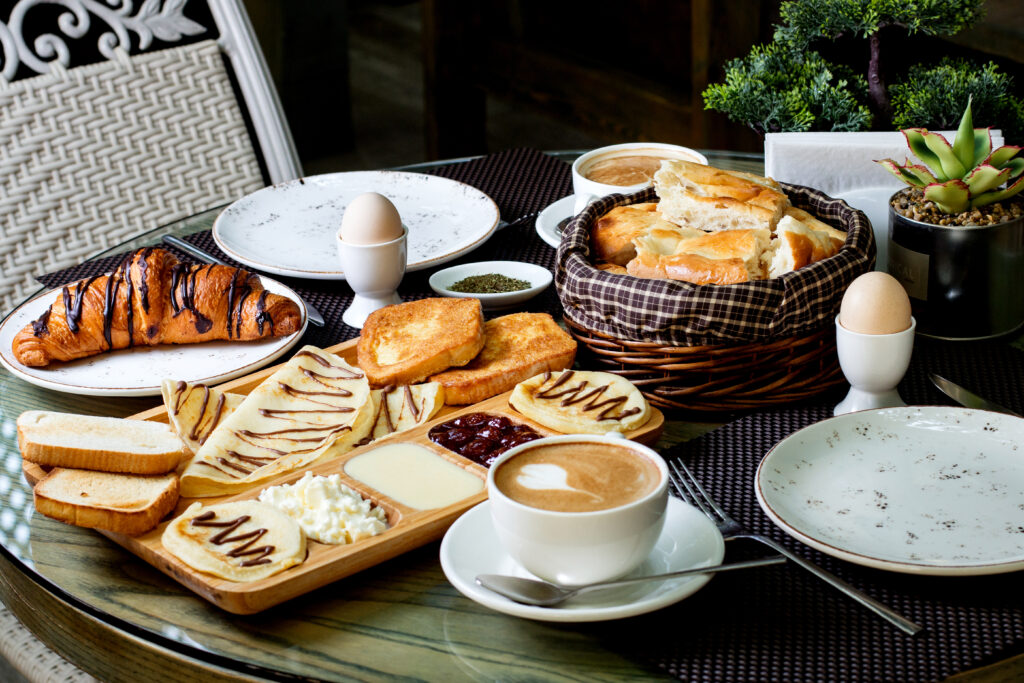
Breakfast is the cornerstone of a fruitful and fulfilling day since it provides the vital energy to wake up your body and mind. There is a breakfast recipe to fit every taste and lifestyle, whether you enjoy a hearty, leisurely breakfast or a quick and simple meal on the run.
Advice on Preparing Breakfast:
- Think ahead: Select recipes based on your lifestyle and schedule. Try preparing breakfast the night before if you have a busy morning schedule.
- Utilize fresh ingredients: Breakfast will taste better and be more nutrient dense if it includes whole grains, fresh fruits and veggies.
- Get creative: Try out various flavors and combos to create the ideal breakfast.
With so many delicious and nutritious breakfast options available, you’re sure to find the perfect way to start your day. So put on your apron, grab your ingredients and get cooking!
Lunch
Fuel Your Afternoon with a Balanced Lunch Power Through Your Afternoon with Nutritious and Satisfying Meals
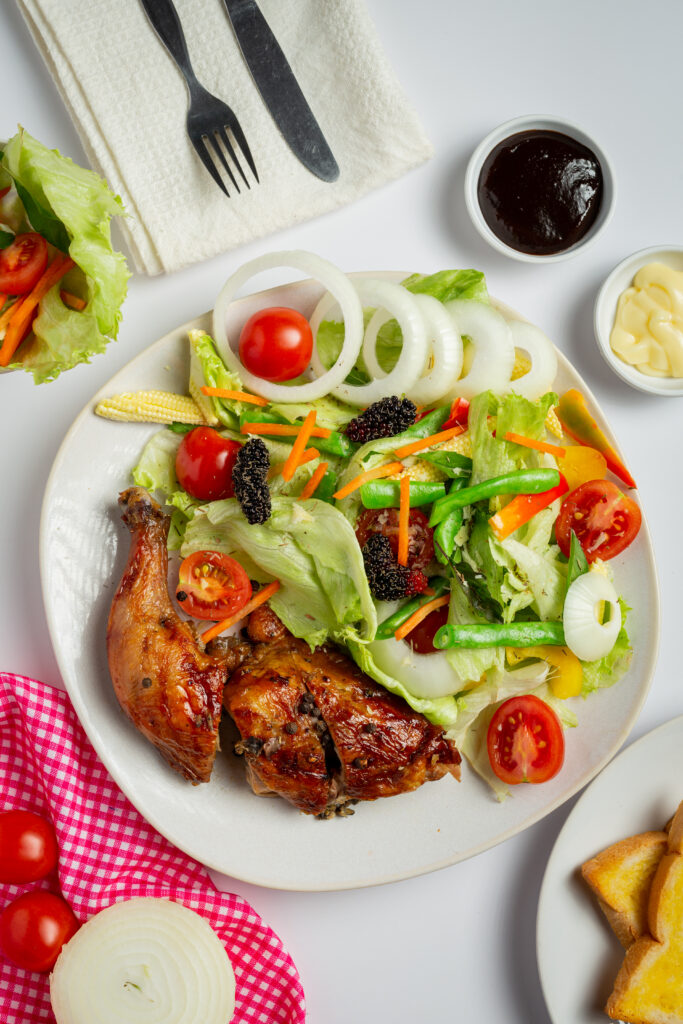
The energy boost from lunch is what’s needed to take on the second half of the day. Lunch recipes range from light and refreshing salads to filling sandwiches and wraps that will keep you full and energized until evening.
Advice on Preparing Lunch:
- Make your own lunch: This is an excellent method to manage what you eat and save money.
- Select wholesome ingredients: Choose nutritious grains, lots of fruits and veggies and lean protein.
- Make it engaging: Avoid being monotonous at lunch. To keep your palette satisfied, experiment with different ingredients and recipes.
Dinner
Get Together Around the Table for Gastronomic Explorations
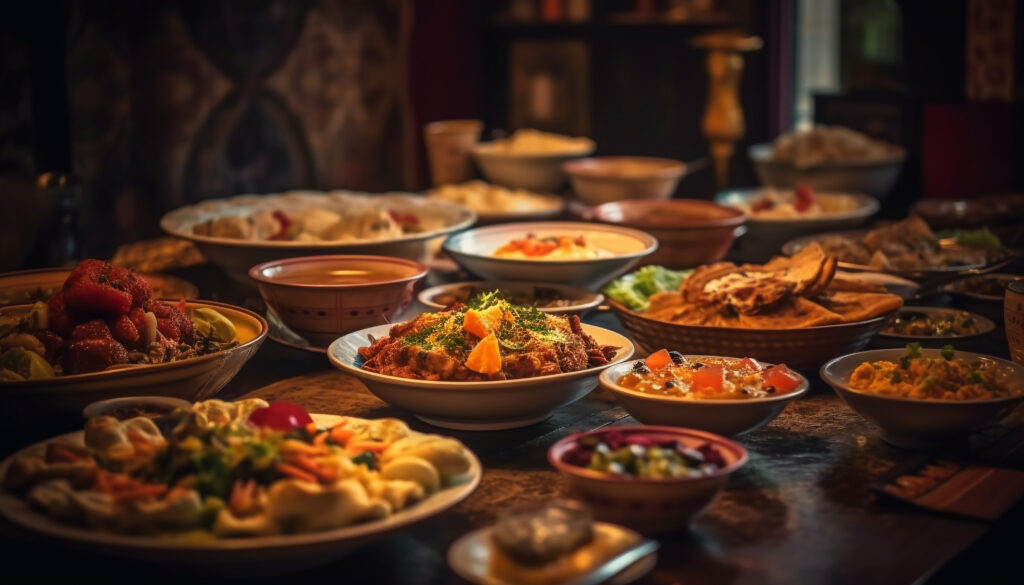
Assemble your loved ones for a shared culinary adventure Savor the Culinary Symphony of Tastes
Often the most complex and fulfilling meal of the day, dinner provides an opportunity to relax, spend time with loved ones and savor gastronomic delights. Dinner is an opportunity to delve into the wide variety of flavors and cuisines, from hearty stews and casseroles to exotic specialties from around the world.
Some Advice on Preparing Dinner:
- Plan Your Menu: Make a food plan to save time and prevent impulsive purchases at the grocery store.
- Cook in bulk: This is an excellent method to store food for quick meals or leftovers for lunch later in the week.
- Invent something: To discover your distinctive meals, try a variety of tastes and cooking methods.
Appetizers
Indulge Your Taste Buds with Tiny Treats
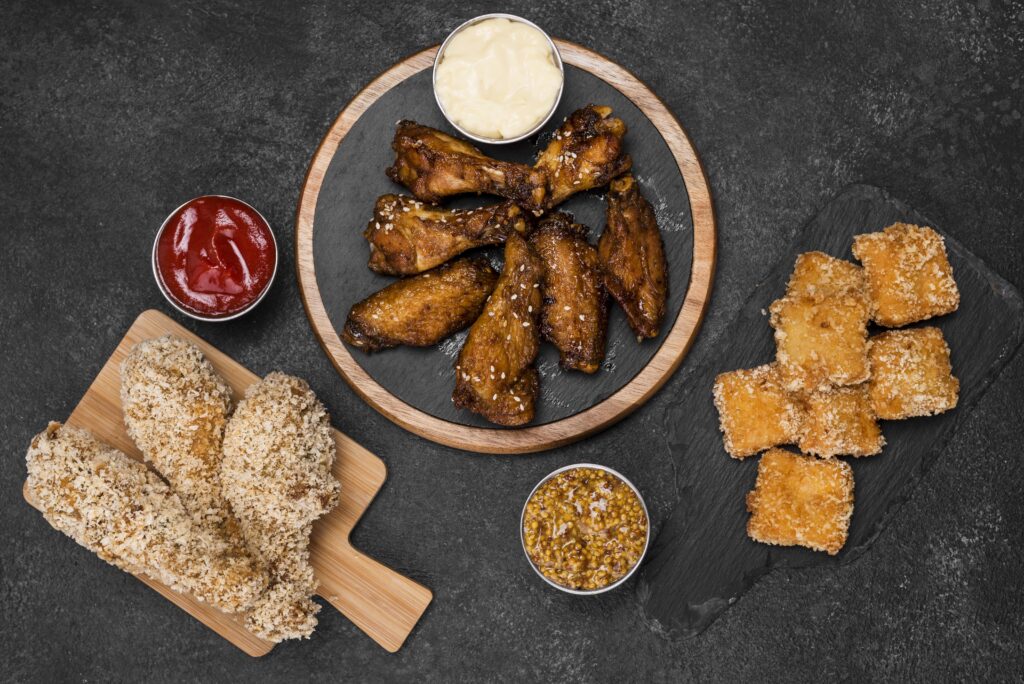
Prepare the Scene for an Amazing Culinary Display Indulge Your Taste Buds with Alluring and Tasty Morsels
A delicious meal is best started with appetizers, which tantalize the senses and create the ideal environment for an exciting culinary journey. A chance to show off your inventiveness and culinary skill, appetizers offer a chance to showcase your creativity and culinary finesse.
Advice on Preparing Appetizers:
- Keep it simple: Making delicious appetizers doesn’t require spending hours in the kitchen.
- Emphasize flavor: Make tasty morsels with premium, fresh ingredients.
- Presentation is important: Give your appetizers a little attention to detail so they appear as wonderful as they taste.
Salads
Savor Their Freshness and Liveliness
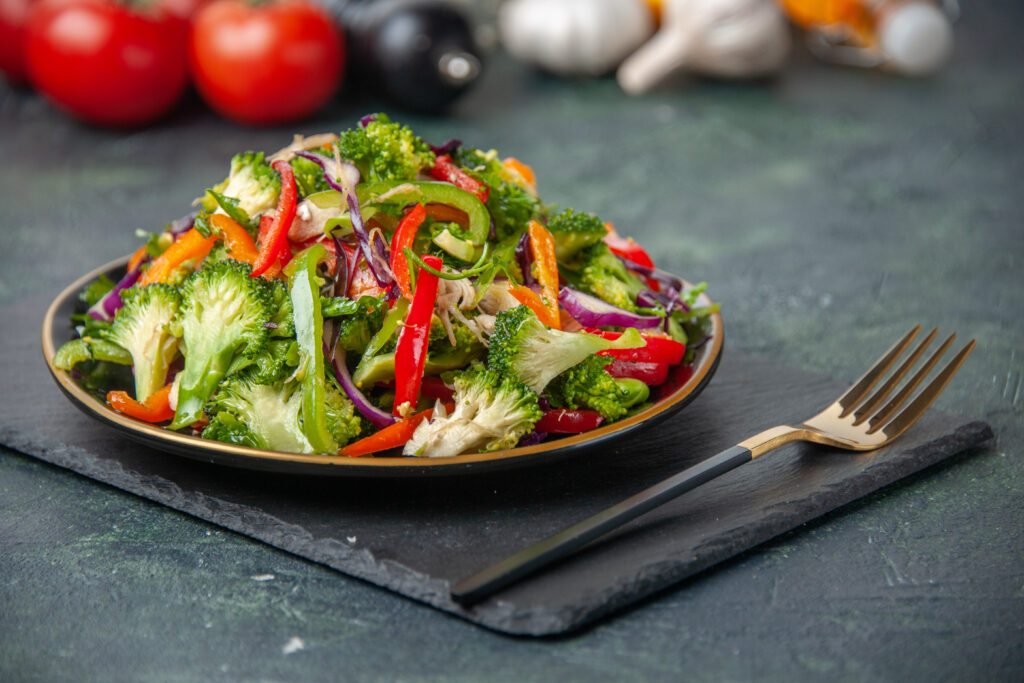
A symphony of flavors, textures and colors. Satisfy Yourself with a Delicious Salad Recipe
With their high vitamin, mineral and fiber content. Salads are a light and adaptable side dish for every meal. Salads are a blank canvas for culinary experimentation, ranging from traditional Caesar salads to colorful Asian inspired dishes.
Advice on Preparing Salads:
- Utilize seasonal & fresh ingredients: Your salad will taste better the fresher the components are.
- Don’t be afraid to experiment: Try out different flavor and texture combinations without fear of failure.
- Transform it: A salad can succeed or fail based on its salad dressing.
Main Dishes
Every Meal’s Culinary Heart
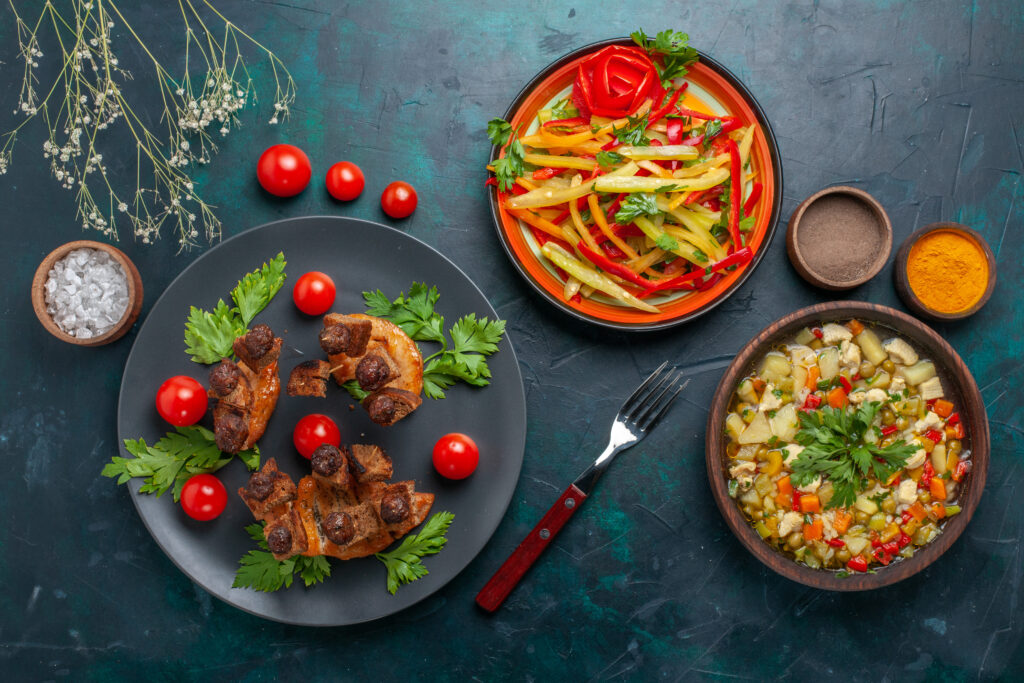
A Flavor and Texture Symphony in Culinary Art. Indulge Your Hungry Soul with a Masterpiece of Cuisine
Every meal’s focal point is its main course, which provides a filling and significant taste experience. Main courses highlight the culinary world’s ingenuity and versatility, ranging from hearty vegetarian and vegan options to grilled meats and shellfish.
Advice for Preparing Main Courses:
- Pick the appropriate cooking technique: Different cooking techniques are needed for different meat and seafood cuts.
- Don’t overlook: Avoid overcooking meat since it will become tough and dry.
- Let it rest: Give it time to rest. This will let the meat’s juices redistribute, making the dish more flavorful and tender.
Desserts
Savor Sweet Treats to Satisfy Your Cravings

A Delightful Conclusion to a Gastronomic Adventure. Indulge Your Senses with a Flavor Symphony
Desserts provide a time of pure enjoyment and delight, serving as the sweet conclusion to every meal. Desserts are a showcase for the inventiveness and innovation of the culinary arts, ranging from traditional cakes and pies to rich pastries and avant-garde creations.
Advice on Preparing Desserts:
- Use premium ingredients: Your dessert’s flavor will be greatly influenced by the caliber of the ingredients you use.
- Carefully follow the recipe: Since baking is a science, it’s critical to adhere precisely to the recipe.
- Avoid overbaking: Desserts that are overdone will be flaky and dry.
- Allow it to cool: In order to be savored, most sweets must cool fully.
In summary, the 7 common recipe categories provide a framework for experimenting with flavors, cuisines and methods while also acting as a doorway to the wide and varied world of culinary arts. Knowing these classifications will allow you to go on a culinary journey, picking up new tastes and improving your cooking techniques in the process. Now put on your apron, light the stove and start exploring the world of cooking!
YOU MAY ALSO LIKE THESE – THESE TOPICS ARE RELATED TO THE CURRENT TOPIC ABOUT “WHAT ARE THE 7 COMMON RECIPE CATEGORIES“
If you still have any questions, feel free to mention us in the comments section or explore the FAQs section. OR You can also contact us on our Facebook Page
FAQs:
What are the 7 common recipe categories?
Breakfast: The day’s first meal establishes the tone for the others.
Lunch: Power through your afternoon with nutritious and satisfying meals.
Dinner: Gather around the table for gastronomic explorations.
Appetizers: Indulge your taste buds with tiny treats.
Salads: Savor their freshness and liveliness.
Main dishes: Every meal’s culinary heart.
Desserts: Savor sweet treats to satisfy your cravings.
Is What are the 7 common recipe categories? covers all recipe categories?
What are the 7 common recipe categories? does not cover all recipe categories. The 7 common recipe categories are a broad overview of the most common types of meals, but there are many other types of recipes that do not fall into these categories. For example, there are recipes for snacks, beverages, desserts and international cuisine.
How can I plan my culinary adventures?
Gaining knowledge from What are the 7 common recipe categories? will help you plan your culinary adventures. By understanding these categories, you can identify new recipes to try, expand your culinary repertoire and discover new favorite dishes.
How can I make my lunch more engaging?
To avoid monotony at lunch, experiment with different ingredients and recipes. Try incorporating new flavors and textures into your lunch meals to keep your palate satisfied.
Is it necessary to follow What are the 7 common recipe categories?
No, What are the 7 common recipe categories? article is just a framework to help you organize your culinary exploration. Feel free to experiment and create your own unique recipes. The most important thing is to have fun and enjoy the process of cooking!
How can I ensure my desserts turn out perfectly?
Here are some tips for ensuring your desserts turn out perfectly
Use high-quality ingredients: The quality of your ingredients will significantly impact the flavor of your dessert.
Follow the recipe carefully: Baking is a science, and precise adherence to the recipe is crucial for success.
Avoid overbaking: Overbaked desserts can become dry and flaky.
Allow them to cool: Most desserts need to cool completely before being savored.
Do What are the 7 common recipe categories? encompass the entire spectrum of culinary possibilities, or are there other areas to explore?
The What are the 7 common recipe categories? provide a solid foundation for exploring various culinary styles and cuisines. However, they do not encompass the entire spectrum of culinary possibilities. The world of food is vast and ever evolving, offering a myriad of flavors, ingredients and cooking techniques that extend beyond these categories.
How can individuals expand their culinary horizons beyond the this article What are the 7 common recipe categories? while maintaining a sense of organization?
To expand their culinary horizons while maintaining organization, individuals can adopt a variety of strategies:
Venture beyond familiar cuisines: Explore recipes from different cultures and regions to discover new flavors and ingredients.
Experiment with unconventional ingredients: Challenge your taste buds by trying ingredients that you might not normally consider.
Embrace fusion cuisine: Blend elements from different culinary traditions to create unique and innovative dishes.
Attend cooking classes or workshops: Enroll in cooking classes to learn from experienced chefs and gain new techniques.
Travel to different destinations: Immerse yourself in local cuisines by traveling to different countries or regions.
Utilize online resources: Explore cooking blogs, websites, and social media platforms for inspiration and guidance.
By actively engaging in these practices, individuals can continuously expand their culinary knowledge and repertoire while maintaining a sense of organization through meal planning and recipe categorization.
How can each category of the What are the 7 common recipe categories? be further categorized to provide a more detailed understanding of culinary options?
Each of the 7 common recipe categories can be further divided into subcategories to provide a more detailed understanding of culinary options:
Breakfast: Continental breakfast, American breakfast, Asian breakfast etc.
Lunch: Sandwiches, wraps, salads, soups etc.
Dinner: Pasta dishes, stir-fries, curries, stew etc.
Appetizers: Finger foods, dips, spreads etc.
Salads: Green salads, grain salads, fruit salads etc.
Main dishes: Vegetarian/vegan options, poultry dishes, seafood dishes, meat dishes etc.
Desserts: Cakes, pies, pastries, ice cream etc.
By breaking down each category into subcategories, individuals can gain a deeper understanding of the diverse culinary options available within each meal occasion.
What are some unique and innovative approaches to preparing dishes within each category of What are the 7 common recipe categories?
Here are some examples of unique and innovative approaches to preparing dishes within each of the 7 common recipe categories:
Breakfast: Deconstruct classic breakfast dishes by presenting them in nontraditional formats.
Lunch: Create globally inspired lunch bowls with a fusion of flavors and textures.
Dinner: Elevate your dinner menu with molecular gastronomy techniques or sous vide cooking.
Appetizers: Transform traditional appetizers into bite sized gourmet creations.
Salads: Turn salads into a culinary adventure by using unexpected ingredients and dressings.
Main dishes: Explore cooking methods such as flame searing, smoking or sous vide for exceptional flavor and texture.
Desserts: Reimagine classic desserts with modern twists and innovative presentations.
By embracing experimentation and creativity, individuals can transform ordinary dishes into culinary masterpieces.
How can individuals personalize attributes from What are the 7 common recipe? categories to reflect their individual tastes and preferences?
Personalizing individual preferences from What are the 7 common recipe categories? involves adapting them to suit individual tastes and preferences. Here are some strategies:
Substitute ingredients: Replace ingredients based on allergies, dietary restrictions, or personal preferences.
Adjust seasoning: Experiment with different spices and herbs to enhance flavor profiles.
Incorporate cultural influences: Infuse recipes with flavors and techniques from your heritage or favorite cuisines.
Tailor portions: Adjust recipe quantities to suit individual appetites and dietary needs.
Present dishes with flair: Enhance the dining experience with creative plating and garnishes.
By taking ownership of their culinary creations, individuals can craft dishes that reflect their unique personalities and preferences.


